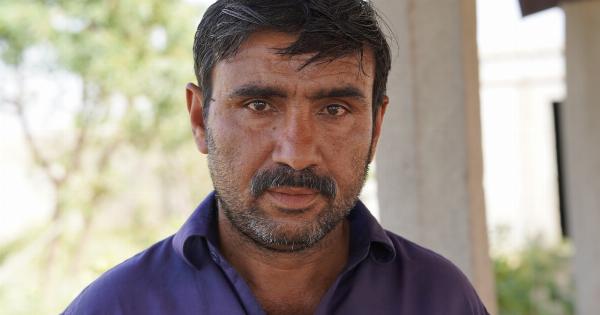Summer is a time to enjoy the great outdoors, and to participate in outdoor sports and activities. Unfortunately, when you’re engaging in physical activity, you may experience muscle pain and soreness.
This can make it difficult to enjoy your summer fun, and can even force you to sit on the sidelines. In this article, we’ll explore some of the causes of muscle pain, and provide tips for preventing and managing it, so you can make the most of your summer.
What causes muscle pain?
There are a few different causes of muscle pain. One common cause is overuse. When you engage in physical activity that is new to you, or that you haven’t done in a while, your muscles can become overworked and strained.
This can result in pain, stiffness, and soreness. Another cause of muscle pain is injury. When you suffer an injury, such as a sprain or a strain, the affected muscles will become inflamed and painful.
Finally, muscle pain can also result from underlying medical conditions, such as fibromyalgia or arthritis.
Preventing muscle pain
The best way to prevent muscle pain is to prepare your body for physical activity. This means warming up before you start exercising, and cooling down afterwards. A good warm-up will increase your blood flow and get your muscles ready for activity.
This can include light cardio exercises, stretching, or even a short jog. Cooling down after exercise is also important, as it helps your body transition back to its normal state. This can include stretching, gentle exercises, or even some foam rolling.
In addition to warming up and cooling down, you should also make sure you’re using proper form and technique when engaging in physical activity.
Many injuries and strains result from improper form, so taking the time to learn how to do things correctly can save you a lot of pain and discomfort later on.
Finally, it’s important to listen to your body. If you’re feeling fatigued or sore, it’s okay to take a break.
Pushing yourself too hard can actually make you more susceptible to injury and muscle pain, so take it slow and give your body the rest it needs.
Managing muscle pain
If you do end up with muscle pain or soreness, there are a few things you can do to manage it. First, you may want to take an over-the-counter pain reliever, such as ibuprofen or acetaminophen. These can help to reduce inflammation and relieve pain.
Another option is to use ice or heat therapy. Applying ice to the affected area can help to reduce swelling and numb the pain, while heat therapy can help to relax tense muscles and improve blood flow.
It’s also a good idea to engage in some gentle stretching or low-impact exercise. This can help to improve blood flow and loosen up tight muscles. However, be careful not to overdo it and aggravate the injury or strain.
If the pain is severe or persists for more than a few days, it’s important to see a medical professional. They can help to determine the cause of the pain and recommend an appropriate treatment plan.
Conclusion
Don’t let muscle pain ruin your summer fun. By taking a few simple steps to prevent and manage muscle pain, you can stay active and enjoy all the great outdoor activities that summer has to offer.
Remember to warm up and cool down before and after exercise, use proper form and technique, listen to your body, and take steps to manage pain and soreness when it does occur. With a little bit of planning and care, you can have an active, energizing, and pain-free summer.































